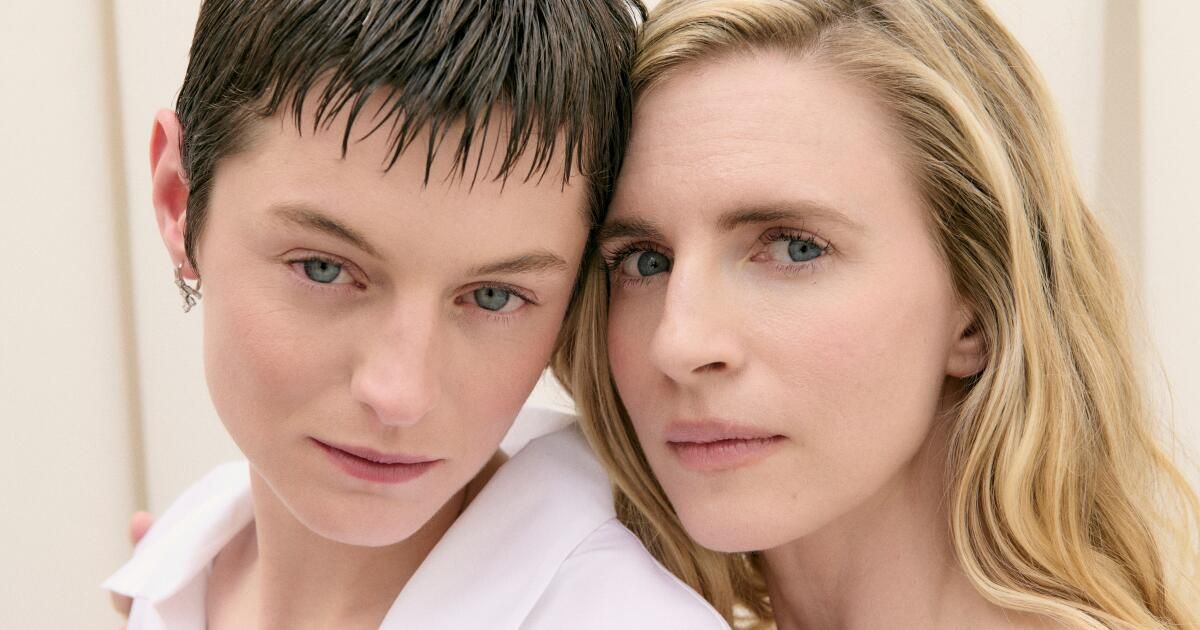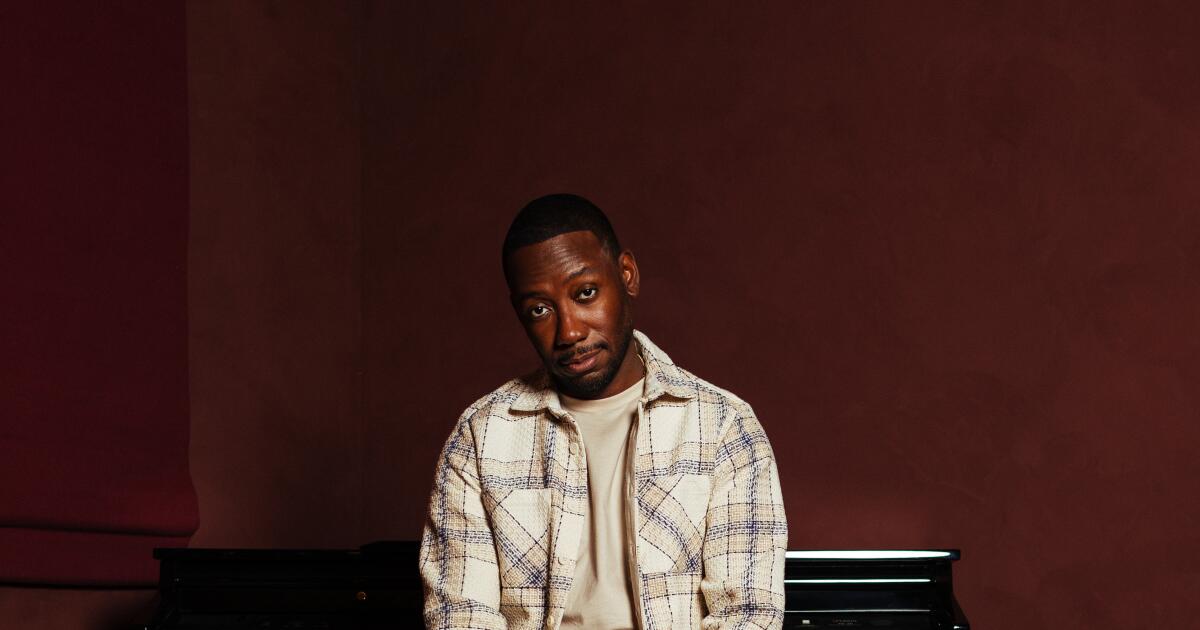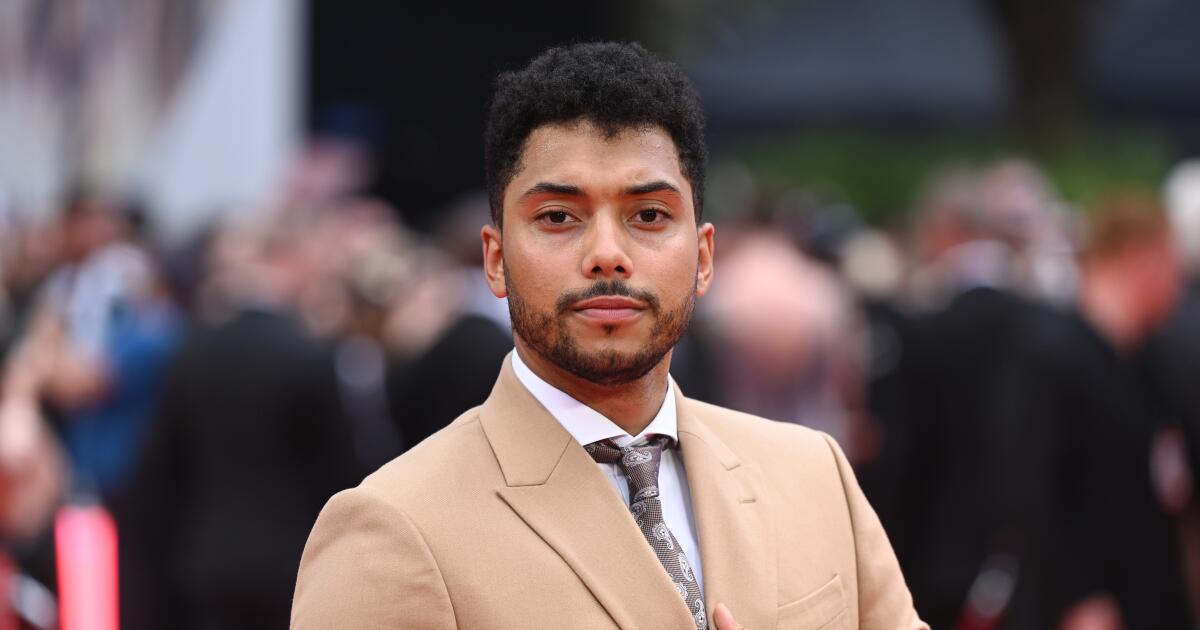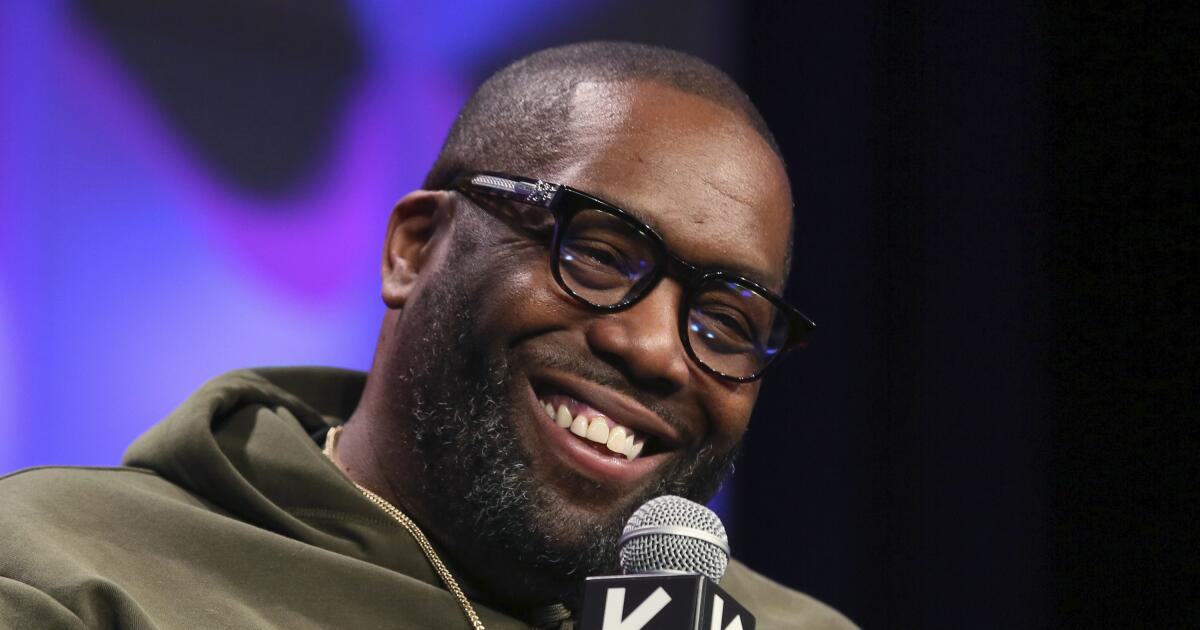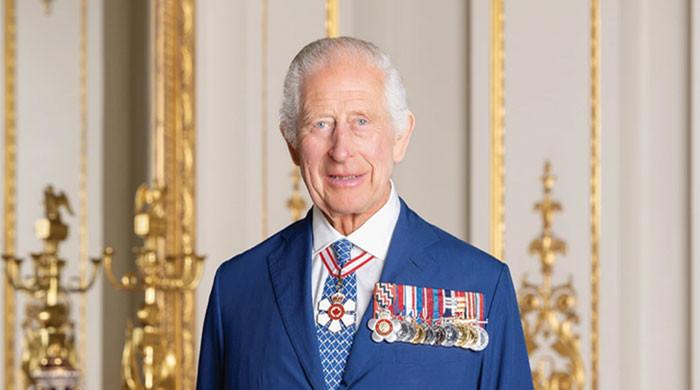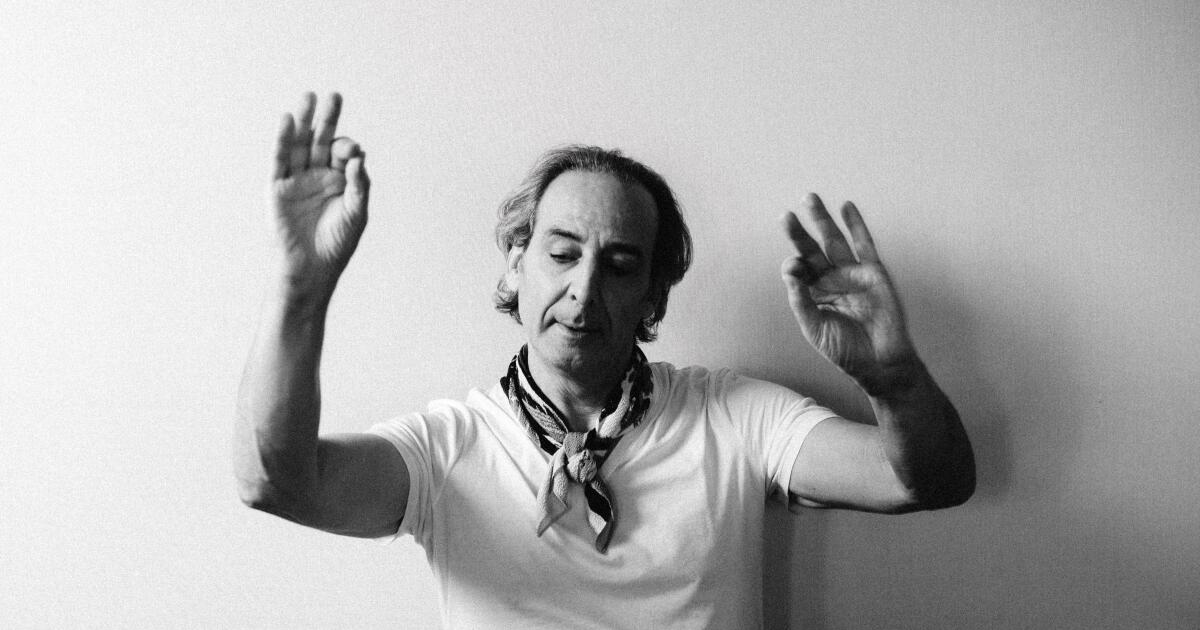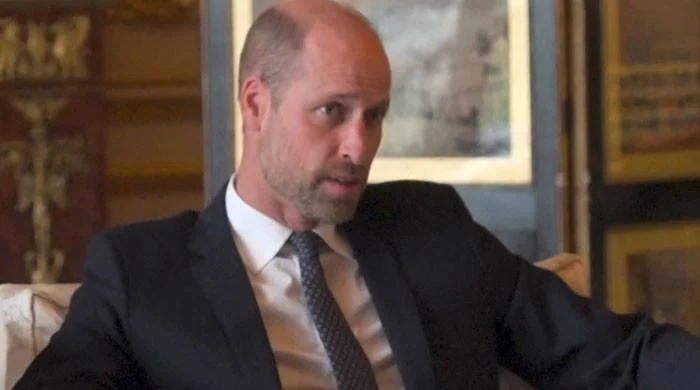After Brit Marling and Zal Batmanglij finished writing Murder at the End of the World, Marling remembers thinking how difficult it was going to be to cast the lead, an amateur detective named Darby Hart.
“How do we find someone who can literally be in every scene and who is young and can be believably Gen Z and an amateur detective, but who has preternatural intelligence and gravitas and grace?” says Marling, speaking over Zoom alongside his eventual star, Emma Corrin. “And then I remember getting on Zoom with Emma, and within five minutes of talking, my whole body relaxed. “I felt like Emma was someone who could get to the deep core of why and how someone operates.”
Corrin, who uses they/them pronouns, felt an instant connection to the character, a complicated and secretive tech genius with a penchant for solving murders. Corrin grew up writing her own stories as a way to process things, which was similar to Darby, who is forced to find the killer of her ex-boyfriend, Bill (Harris Dickinson), while on a retreat in Iceland. .
“In the story you get a glimpse of how strange and extravagant her childhood was, and it's all catching up with her in real time while she's in retirement,” Corrin explains. “She has to unpack and access a lot of those parts of herself that she hasn't allowed herself to feel in order to solve the crime, which was a very original way to set up a detective's journey. It's so strange that [a detective] you have to access the vulnerability to be able to do it.”
Darby was the first role Corrin took on without a point of reference, whether in real life or literature, and they found true joy in that freedom. To create Darby's Iowa accent, Corrin studied videos of basketball player Caitlin Clark, but also looked internally to build the character. Marling and Batmanglij suggested Patricia Highsmith as a general inspiration, but there were many more examples of stoic male detectives than characters like Darby.
“Normally you have male detectives who are tough as nails and sullen, and the victims who are young women, and ours turned that on its head,” Corrin says. “I went back and watched some shows like that so I knew what we were avoiding.”
Brit Marling, right, directs Emma Corrin and Harris Dickinson in “Murder at the End of the World.”
(Chris Saunders/FX)
“One of the clever tricks of Murder at the End of the World is that if we pull it off, the audience doesn't realize how subversive what they're seeing is,” Marling adds. “It is subversive to take the person who is normally the age and sex of the victim who dies 10 minutes later and pick them up, wipe the blood from their face and authorize them to solve the mystery. And not with a badge or a gun, but simply with the strength of her character and the sharpness of her mind. We wanted to try to make a story where the young woman would be believable when going head to head with a tech billionaire. “To achieve that and not feel like a farce was really challenging and didn't have much narrative precedent.”
The series switches between two timelines, focusing on the isolated retreat in the present and Darby and Bill's relationship in the past. Production was intense, with the opening scenes filmed on location in Iceland in areas so remote that Marling suffered hypothermia. The interiors were built on sets in New Jersey, and only towards the end of filming did a smaller crew move to Utah for the flashback sequences. The backlogged nature of the schedule lent itself to the emotional quality on set.
“In young love or first love, the ending is always contained in the beginning of falling in love with someone,” Corrin says. “And throughout being in love with someone because [the] The beautiful thing about it is that it is so fragile. Knowing where Darby and Bill would end up meant we could relax into the scenes in Utah and treat them with a real affection that I don't know if we would have done if we had done them from the beginning.”
Because Marling directed three of the seven episodes, she wrote herself a smaller role, Lee Andersen, a brilliant hacker married to billionaire Andy Ronson (Clive Owen) who is trapped by her circumstances. Although initially suspicious of each other, Darby and Lee become unlikely allies and eventually team up to take down Andy and his rogue AI. Marling says the actors never talked much about their relationship and that “the bond was always there on set.”
That relationship also seemed subversive, especially since stories about female mentorship are rarely seen on screen. “Women are always pitted against each other,” Marling says. “There is something very beautiful about the idea that a young woman comes to a retreat admiring an older woman and in the end the young woman ends up helping her escape from it. The image at the end of two female hackers sitting side by side in front of a huge computer system, figuring out how to shut it down together, was an amazing image.”
Although Murder at the End of the World is a complete narrative, Marling and Corrin are eager to collaborate again in the future.
“Knowing Emma now and knowing her heart, I think all the time what kind of character would be perfect for them,” says Marling. “You meet people, you're inspired by their work as an artist, and then you just want that relationship to deepen. I really understand why troops of theater actors stay together and fight each other in many stories. Something really beautiful can come from that.”
“Tomorrow I was going to work with Brit,” Corrin confirms. “It wouldn't take any kind of persuasion. “To know someone and grow with someone through work, as well as through friendship, is a really beautiful thing.”

